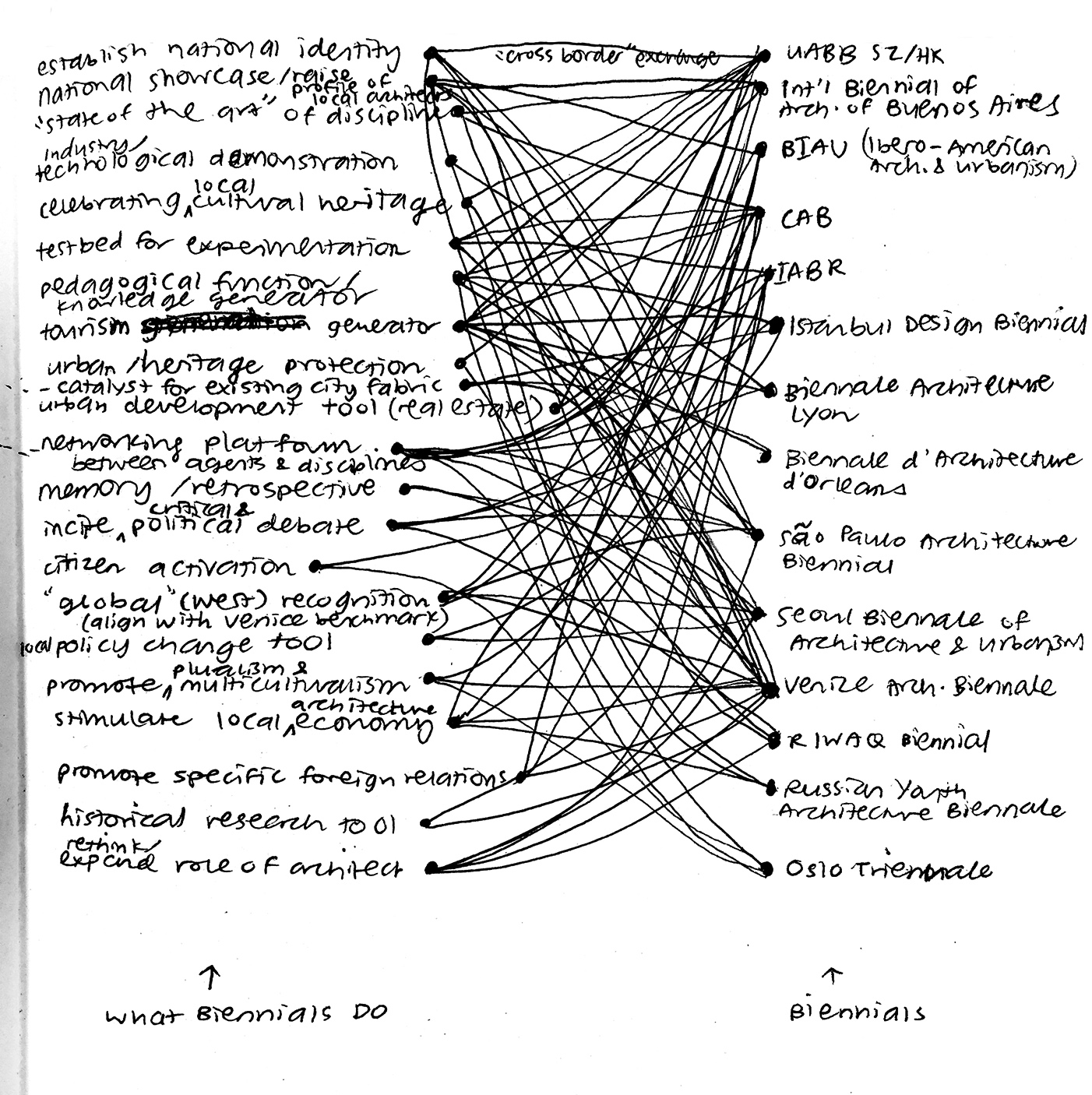Agency


The measure of an architecture biennial’s success is how gloriously it failed. This holds a fortiori for the Venice one; too big to ‘swallow’ as visitor, too complex to manage as curator. The biennial as format and phenomenon was declared dead or obsolete time and again, it was discarded as commercial, promotional, touristic, capitalistic, wasteful, white supremacist and what not. In the end, that is not the issue. The issue is the tension between expectations and pretension, between agency and result. Any art or architecture exhibition can be just that: the presentation of good and interesting work. For an architecture biennial, that position is hardly available. Something more should be expected. The format may be malleable, it should add to our understanding of where we are at present, what is of prime importance, where we may be going or could want to go. Even if a biennial isn’t able to provide conclusive answers, the minimum should be to pose relevant questions.
This all may sound pretty universalist, but it could be super local just the same. And that’s where another take on the agency of biennials comes into view: the biennial as tool for intervention. A nomadic biennial, like Manifesta, has been experimenting with this more activist approach (that includes multi-disciplinarity and a process-oriented way of working). The Urbanism \ Architecture Biennial (UABB) in Shenzhen is another; by confronting transformative issues in its city fabric and using these sites as locus for the events, the UABB acts as a catalyst for city renewal.
These and other examples show that the worn formula of a global stage for excellent work (with all implied biases), can be transformed into a method to work with current conditions. It also shows that the method can be different, depending on the location (region) and the issue(s) at stake.
It’s quite stimulating to see that the reinvention of the biennial model is an option, and it is encouraging to see that there are ways to take current political, social and spatial dynamics seriously. Because that is a larger context to consider. These biennials 2.0 do so, not by playing the populist card, or by dazzling the multitude with shiny shows or flabbergasting projects, but by consciously working on issues with parties involved. Distributed, small(er) scale, manifold, multi-disciplinary, and extending beyond the timeframe of the biennial itself, such biennials may be able to fill (to an extent) a vacuum today’s planning practice has to face.